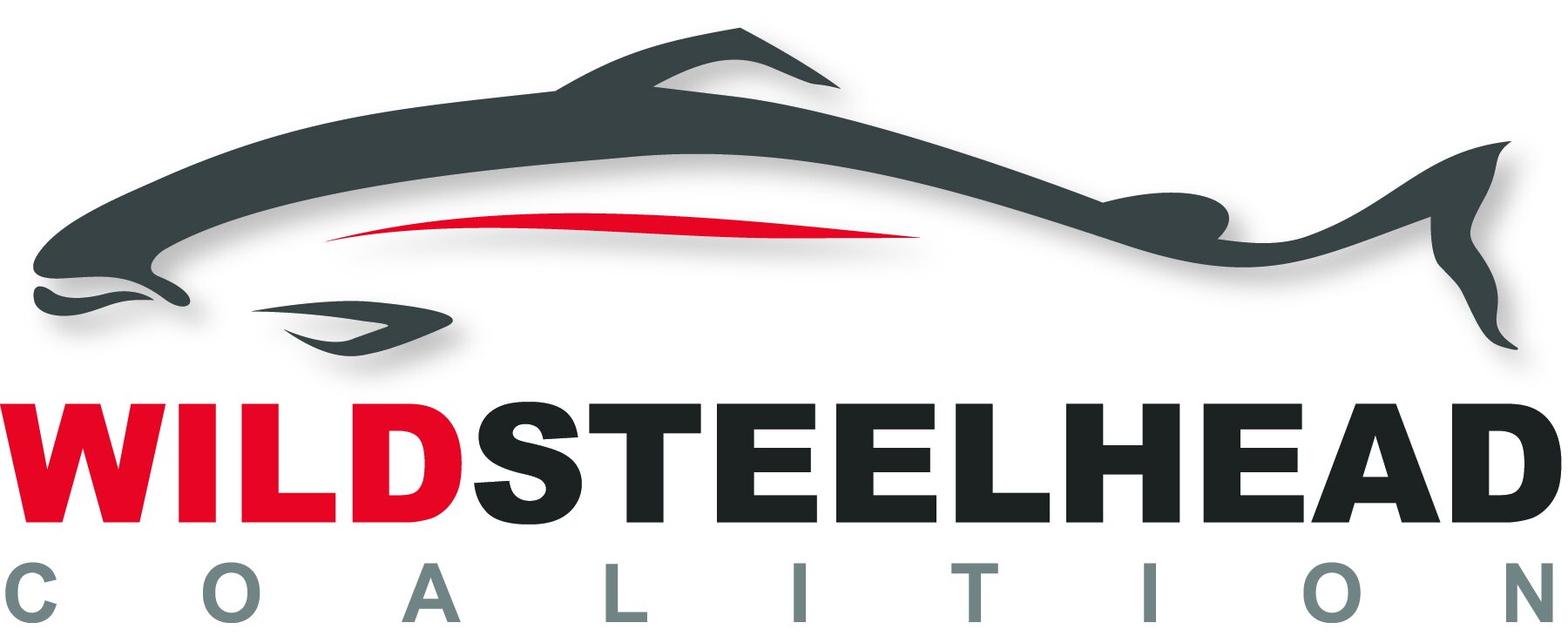The Quicksilver Portfolio: WSC Summary and Observations of the PSSAG Plan to Recover Steelhead in Puget Sound
After three years of work, research and sometimes tough negotiations, the Puget Sound Steelhead Advisory Group (PSSAG) released their document “Quicksilver: Restoring Puget Sound Steelhead & Fisheries” in May. Tasked by the Washington Department of Fish and Wildlife (WDFW) to build practical consensus around a path forward for steelhead management in Puget Sound watersheds, this portfolio of recommendations provides a new strategic framework to recover Puget Sound’s dangerously low populations of wild steelhead and also establish guidelines for sustainable angling opportunities where they are possible, or could become viable as steelhead numbers improve.
Wild Steelhead Coalition (WSC) board members were invited to join PSSAG and have been committed members of the group. Speaking on behalf of WSC’s members, our representatives worked hard to advocate for responsible angling opportunities, science-based fisheries policy, and wild steelhead protection and restoration. While it is important that WSC participates in such groups in order to have our management priorities represented, we also acknowledge that reasonable compromise is the guiding principle of honest negotiations.
Check out WSC’s summary of the PSSAG plan
The management status quo hasn’t recovered wild steelhead in Puget Sound, and a new path forward is needed. The WSC was founded twenty years ago when a group of anglers lost their popular catch-and-release wild steelhead spring fisheries in Puget Sound. In many ways, these rivers are the organization’s home waters and we are committed to seeing them thrive again. We believe the Quicksilver portfolio offers a positive, collaborative working model for the angling community and a reasonable, adaptive strategy for Puget Sound wild steelhead management.
There is great urgency to this work. Puget Sound’s wild steelhead populations have been reduced to tiny, single-digit percentages of their historical abundance. It is no exaggeration to say that these incredible fish are hovering near extinction tipping points in many of their home waters. While a few watersheds in the region have shown encouraging signs of tenuous recovery, they are not among the majority of rivers and restoration has a long, long way to go to be considered sustainable and durable. After decades of failed attempts to protect wild steelhead, our generation simply must make the effort, sacrifices and difficult decisions needed to restore these populations and the watersheds they depend upon to thrive. There is no time left, and we cannot allow wild Puget Sound steelhead to finally be lost on our watch.
The PSSAG Quicksilver recommendations now head to state resource managers and tribal co-managers for consideration, funding and implementation. As the angling community takes time to process these newly suggested management guidelines, we wanted to take a moment to explain WSC’s support for the process and our thoughts on how PSSAG’s recommendations could best be implemented in the coming years. While no single participant got everything they wanted, there is much to recommend in the Quicksilver Portfolio. WSC representatives particularly supported the emphasis on habitat protection and restoration, the call for increased fisheries monitoring and data collection, and protections for wild fish in watersheds like the Skagit Basin, where additional years without hatchery plantings were recommended in order to provide wild steelhead time to demonstrate continued recovery.
Before we dive into our analysis, we also want to take a moment to thank all of the PSSAG members for their years of dedication and good-faith effort to work together as a community on behalf of this incredible, iconic species as well as the fisheries and rivers we all cherish.


